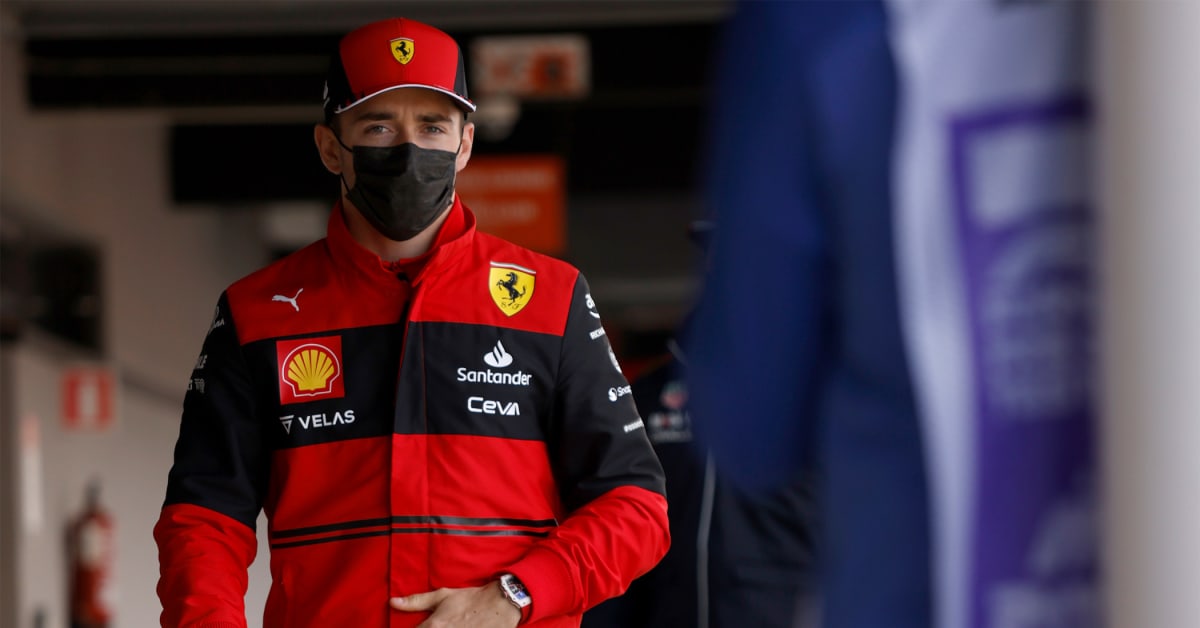
‘Porpoising,’ Red Flags and Questions Loom Over F1 After Day 2 of Testing
Nyyeeoooommmm.
The single sound echoed throughout 16-turn Circuit de Barcelona-Catalunya on Thursday as 16 drivers hit the track once again. Over a combined 1,000 laps, two red flags and the creation of one new racing term later, day two of Formula One's preseason testing came to a close.
Charles Leclerc dominated again, this time holding onto the fastest lap time at 1:19:689. However, Pierre Gasly from AlphaTauri came in a narrow second classification, hitting a 1:19:918 while also taking the most trips around the 2.892-mile circuit—a whopping 147.
And although more laps means more data, there are questions looming over the sport, both on and off the track. What in the world is “porpoising?” What happened with Red Bull? What is the status of Haas F1 Team and its title sponsor?
Here are a few of the answers to Thursday's burning questions from day two.
“Porpoising” is, in fact, loosely related to the aquatic mammal. Sort of.
It has been roughly 40 years since this term was used, but it's back and extremely evident after the first two days of preseason testing for the new generation of cars.
“Porpoising” refers to the jarring bouncing on the suspension during high speeds, which is what the driver feels. Typically the cause is related to the cars‘ aerodynamics, and now several of the drivers around the paddock have made a comment about the issue.
Red flag here, red flag there.
Well, that did not last long.
After no red flags surfaced during Wednesday's sessions, two came up during day two thanks to Red Bull's Sergio Perez and Haas's Nikita Mazepin.
Following a dominant Day One from teammate Max Verstappen, Perez seemed to struggle, drawing the first pause of the day after stopped on the exit of Turn 13. According to Autosport, there was not any visible damage to his car and the engine was off after coming to a halt.
The vehicle was wrapped up before loaded onto a truck, and it took a substantial amount of time before Perez returned to the track. Red Bull said it was a gearbox issue.
Everything was going smooth again for Formula One until Mazepin drew a red flag nine laps into the afternoon session, this time for a damaged fuel pump.
Team social media accounts brought out the flare once again, and a few visitors stopped by to say hi.
The latest on Haas F1 Team and title sponsor, Uralkali.
As another day of testing was underway, more important matters were happening across the globe.
Russian military invaded Ukraine early Thursday, attacking cities and bases after President Vladimir Putin announced he was launching a military operation. The move come despite warnings of consequences from the international community as tensions continued to escalate in the region.
But as Formula One said it’s “closely watching the very fluid developments” in Ukraine, drivers started to make their own calls on what to do regarding September's Russian Grand Prix.
It's more complicated, though, than a single race. American-owned Haas F1 Team's title sponsor is Dmitry Mazepin's company, Uralkali. Mazepin is known as a close associate of Putin.
The livery sports the Uralkali name and the colors on the vehicle strongly resemble the Russian flag from several angles. However, Haas F1 Team announced it would drop the livery for the final day of testing in Spain.
It remained firm that it would stick to the planned driver format: Mazepin's son, Nikita, in the morning and Mick Schumacher in the afternoon.
More Racing Coverage:




